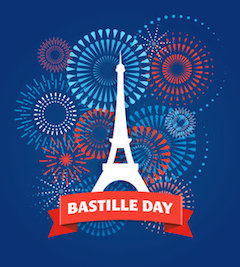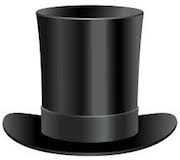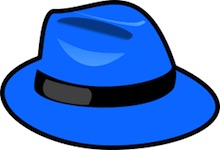Today, the 14th of July, France will celebrate Fête Nationale — or better know to the rest of the world as Bastille Day. Bastille Day is celebrated not only in France, but recognized in other countries by French descendants.
A number of years ago, we attended a Bastille Day event At Wolf Trap in Vienna. It was a regular show with a French theme and afterwards, there was a fireworks display. The fireworks were unique in that they mostly were on, or near, the ground — much like fireworks used to be in Colonial America. At Wolf Trap, there was a ravine near the theater and everyone went outside and stood around the ravine and looked down on the fireworks. The fireworks were all red, white and blue and very impressive…. very different than the modern-day aerial fireworks shows.

But back to today — what exactly does Bastille Day celebrate?
In France, no one calls it Bastille Day — in France it’s called Fête Nationale, or “The National Holiday.” Bastille Day is an English term for the day.
It commemorates the storming of the Bastille that took place in 1789. At the time tensions were at an all-time high between the people and royalty and the day they revolted and stormed the bastille is seen as the beginning of the French revolution.
The Bastille was a Royal Fortress Prison and was stormed because it became a symbol of the people’s dislike of the monarchy. It was originally used as a fortress in the Hundred Years War but became a royal prison in 1417. It housed anyone who revolted against the king — that’s why storming it felt like a liberation for the people.
Today there is a large military parade on the Champs Elysees in Paris. The parade was first held in 1880 and it’s not only the oldest, but also the largest regular military parade in Europe.
Although the first celebration took place a year after the storming of the bastille, it wasn’t until 1880 that a law was passed making Bastile Day a national celebration.
During the storming of the Bastille, King Louis XVI and Marie Antoinette (“…let them eat cake.”) fled 14 miles outside Paris to Versailles, but it didn’t save them.
One of the largest Bastille Day celebrations in the US is in Milwaukee, Wisconsin. It lasts four days and features a 43 foot tall replica of the Eiffel Tower.
So Viva la France ‚ Happy bastille Day — I think I should see if we have a bottle of French wine….
— 30 —






